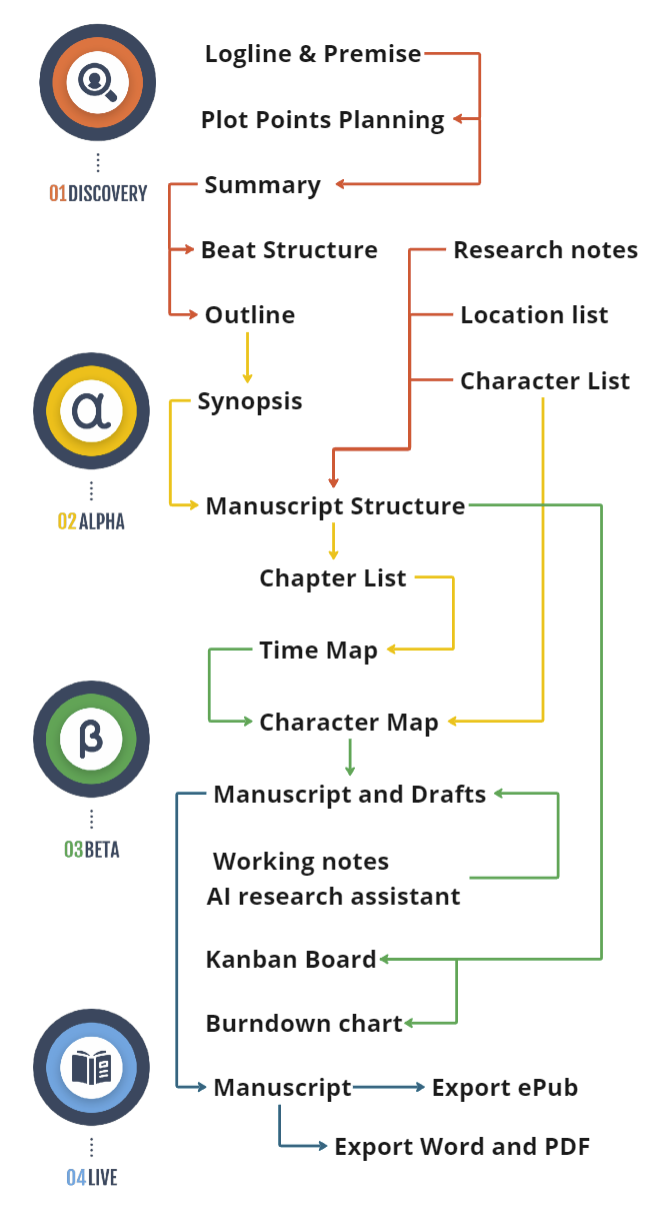Rejection stings, and writers face it constantly—from harsh critique partners to unenthusiastic literary agents. But a carefully examined “no” can become the raw material for growth. Learn to sift through negative feedback and find the constructive seeds that strengthen your work. This process not only refines your storytelling but also aligns with the “scraps” mindset: turn leftover criticism into fresh opportunity.
A well-handled rejection can be a goldmine of insights. Maybe an editor says your worldbuilding is “unconvincing.” Instead of getting defensive, interpret that as a push to research deeper cultural elements or revisit your setting’s internal logic. By sharing your revision steps in a blog post, you highlight both honesty and expertise—ideal for building trust and boosting site authority in search engines.
Anyone bracing for that dreaded feedback email can use this approach. Authors who routinely ignore critique risk stagnation, while those who transform each “no” into targeted rewrites grow faster. Even seasoned pros must adapt to shifting market trends—embracing the “no” keeps them relevant and aware.
- Seek Clarity
If a rejection note is vague, politely ask follow-up questions. Understanding the root cause behind “unconvincing setting” or “too slow pacing” is vital before rewriting. - Create A Rejection Map
Log each piece of negative feedback in a spreadsheet or bullet journal, grouping them by theme—e.g., “weak character arcs,” “unclear tone.” Patterns often emerge. - Trim Or Expand
Incorporate leftover research or fresh ideas to fill identified gaps. Or remove extraneous subplots overshadowing the main arc. Each rewrite can start with a single pointed fix. - Document It
In a blog post, outline the steps you took to address major critiques. This genuine transparency resonates with fellow writers and helps rank for problem-solving keywords like “improve worldbuilding” or “fix pacing issues.” - Share Victories
When a rewrite leads to new acceptance or a significant reader’s praise, celebrate it. Show how negativity became a stepping stone for better storytelling.
Every “no” is a mirror reflecting parts of your craft in need of attention. Instead of burying the sting, reframing it into an action plan fosters resilience. Publicly acknowledging these lessons proves your professionalism to readers and industry contacts, while providing fresh angles for SEO—like “turning rejection into rewriting tactics.” Ultimately, each refined draft stands taller because of the “nos” behind it.
Next time you face a rejection or blunt editorial note, pause before despair. Record each critique in a simple table. Identify one area you can immediately tackle—be it an underdeveloped side character or a vague setting. Adjust, rewrite, and then share the process in a short blog post. You’ll be amazed at how a negative can spark the next big positive leap in your writing journey.




